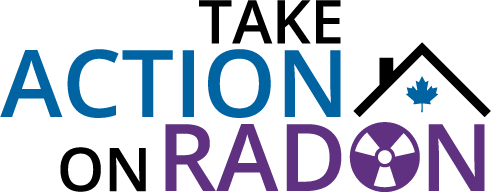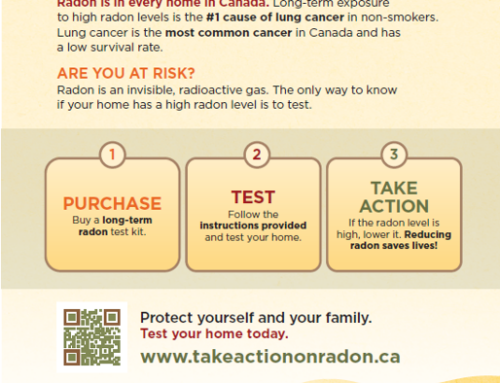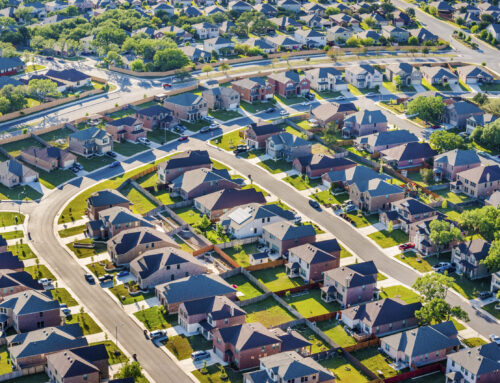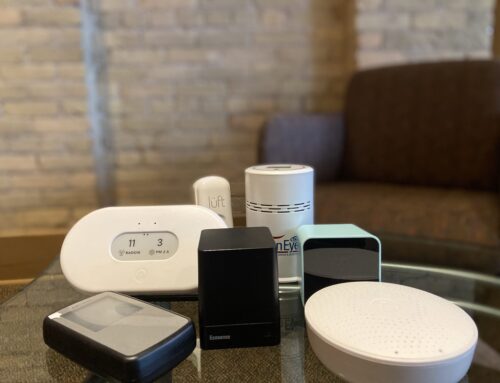The Radon Reduction Sweepstakes provided 10 prizes of up to $1,000 each to homeowners who have tested their home for radon and used a C-NRPP professional to reduce their radon levels to below Canada’s recommended guideline of 200 Bq/m3. A key part of TAOR’s mandate is to encourage Canadians to take action on radon and radon mitigation, and the Sweepstakes does just that with the possibility of a cash reward.
History
The Sweepstakes began in 2017 with the first year’s prizes awarded in November 2018. In the first year, the prizes were distributed by region across Canada with 2 prizes per each of the 5 regions. Due to requirements of special licencing, Quebec was not included in the first year, however they have been included as their own region each year thereafter. The regions were therefore expanded to 6 regions and defined as: BC and Yukon; Alberta and Northwest Territories; Manitoba and Saskatchewan; Ontario; Quebec; and Atlantic and Nunavut. The sweepstakes continued to have 10 awards of $1,000 and the prizes were distributed with 1 prize per each of the 6 regions with the final 4 prizes being drawn from all remaining entrants.
TAOR produced a report in September 2019 summarizing the first two years of the entries and another report for the 2019/20 campaign. This report summarizes the contest for 2020-2021, which is the fourth year of the sweepstakes.
Summary of Winners 2020-2021
The 2020-2021 contest winners were drawn at random and contacted in November 2021 and announced online in January 2022. Each contest winner was notified, and prize money was sent directly to the winners. Whenever possible, photos were taken by the winners of themselves and/or their families. Occasionally the participants reached out to their mitigation company to have a photo with them, which reflects on the winner’s appreciation for the work done. Each winner was interviewed over the phone, and their testimonial of testing and reducing radon can be found along with the full list of names and regions in Appendix 1. To date, this program has allowed Take Action on Radon to share 40 testimonials from individuals who have taken action on radon through all steps of the process.
Average Costs:
The Radon Reduction Sweepstakes has allowed us to gather real data from participants on radon mitigation cost and effectiveness. The cost of mitigation systems was collected from all entries, as shown in Table 1. A summary of costs from all four years is show in Table 2.


Receiving up-to-date information on the actual cost of radon mitigation systems across the country continues to be very useful, as this information is often requested from homeowners and stakeholders alike. While there is a significant range from the lowest to highest cost, the average cost has remained very consistent from year to year.
Average Decrease of Radon Levels
Data collected through the Sweepstakes entries also allows us to measure the effectiveness of C-NRPP radon mitigation systems. Table 3 summarizes the average reduction in radon levels in each region based on this year’s entries. Note that entries were only counted if they included both a pre and post mitigation radon level.

Table 4 summarizes the average reduction in radon levels over the past 3 years of the sweepstakes. Once again, data was only included for entries that included both a pre and post mitigation radon level.

Figure 1 shows the reduction in radon levels visually. Each vertical blue line represents a pre-mitigation radon level, with the red line in front of each blue line representing the corresponding post-mitigation radon level. The data is arranged by post-mitigation radon level, from lowest to highest, and is capped at 1000Bq/m3 as the highest pre-mitigation radon level to make the data visible. The figure illustrates quite clearly that no matter how high the pre-mitigation radon level in a home, a radon mitigation system can reduce the radon to below the Canadian guideline level, and generally far below that.

Note that in Figure 1, data was only included for those entries which provided a post-mitigation radon level, some homeowners applied to the sweepstakes before post-mitigation testing was completed.
Table 5 summarizes the data presented visually in Figure 1. This data reveals that C-NRPP professionals reduced radon levels to below 100 Bq/m3 over 93% of the time, and to below 50 Bq/m3 79% of the time. These levels are well below Canada’s action level. The remaining 6% of homes were also lowered to below Canada’s action level of 200 Bq/m3.
New Building Code Rough-in
In the 2020-2021 sweepstakes we included a question about previous radon reduction (control) measures that were included in the house prior to the radon mitigation system being installed. The options of answers are listed in Table 5 along with the tally of answers. It is still difficult to determine what influence these measures have on the data because the great majority of participants still answer, “No previous radon reduction measures were in the home”. However, it will be interesting to measure how these responses change over the course of the next few years.

Conclusion and Lessons Learned
Although the sweepstakes doesn’t seem to be a main motivator to encourage Canadians to mitigate, it continues to be a useful tool in assessing the radon landscape in Canada.
The Sweepstakes does provide an annual deadline for homeowners to target when considering and scheduling their mitigation. Although many entrants say the sweepstakes wasn’t their motivating reason for mitigating, having a deadline to apply seems to have some influence in their timeliness in getting the mitigation system installed.
The sweepstakes continues to provide an excellent source of information on mitigation effectiveness and costs, as well as compelling testimonials from participants. The information on costs of mitigation systems provides a useful reference both to homeowners and to policymakers, and the success of radon reduction in homes utilizing certified professionals shows that in many Canadians homes, radon levels are being reduced to well below both Health Canada’s and the World Health Organization’s guidelines.
Although we included questions in this year’s sweepstakes with regards to radon control measures as part of the construction of the home, there were not enough entries from various categories to be able to evaluate any data. We are simply able to state that we are seeing new homes which have radon control measures as part of their construction mitigating for radon.
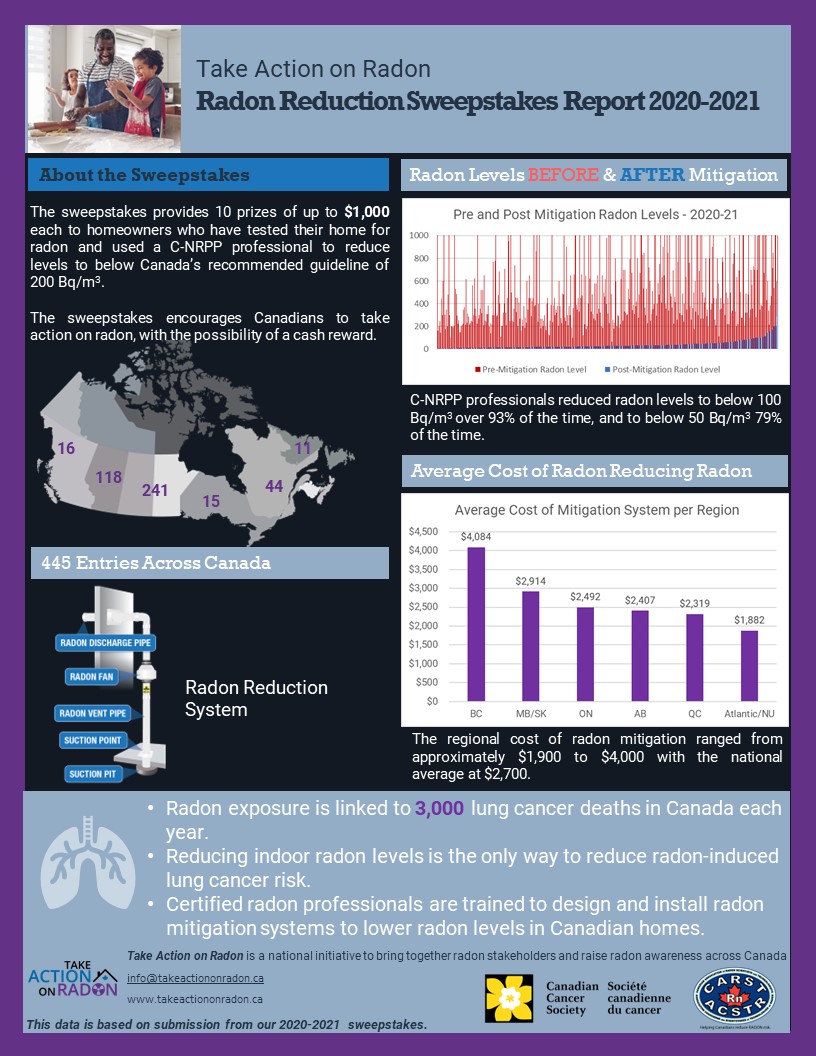
Continue Reading
